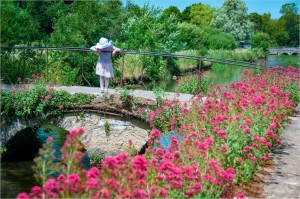 The Cotswolds district boasts of a series of rural villages about an hours drive form London and is designated as an “Area of Outstanding Natural Beautyâ€. Pretty villages with picture postcard views abound. We visited just three of them during our one day drive through the Cotswolds. The reason that we picked Bibury as our starting point was that it is the home of the Arlington Row cottages.
The Cotswolds district boasts of a series of rural villages about an hours drive form London and is designated as an “Area of Outstanding Natural Beautyâ€. Pretty villages with picture postcard views abound. We visited just three of them during our one day drive through the Cotswolds. The reason that we picked Bibury as our starting point was that it is the home of the Arlington Row cottages.
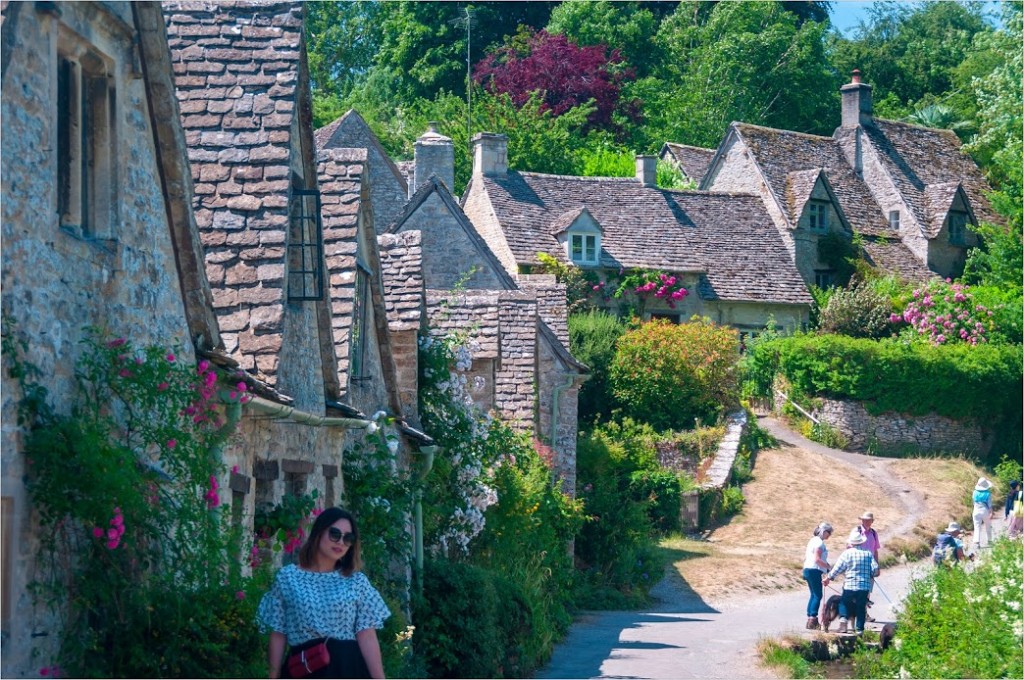 This series of cottages date back to the 1300s when it was a wool store, then weaver’s cottages in 17th century and then now are private residences. They rank as some of the oldest habitable buildings in Britain now. You know UK is an old country when things are renovated 300 years back!! While the cottages are picturesque, it is the setting that makes them as one of the most photographed cottages in the country. Th village seems straight out of a fairy tale with stone cottages, flowers all over and a quant footbridge over a shallow river Coln. This is such a British Landmark that it features on the UK passport as well.
This series of cottages date back to the 1300s when it was a wool store, then weaver’s cottages in 17th century and then now are private residences. They rank as some of the oldest habitable buildings in Britain now. You know UK is an old country when things are renovated 300 years back!! While the cottages are picturesque, it is the setting that makes them as one of the most photographed cottages in the country. Th village seems straight out of a fairy tale with stone cottages, flowers all over and a quant footbridge over a shallow river Coln. This is such a British Landmark that it features on the UK passport as well.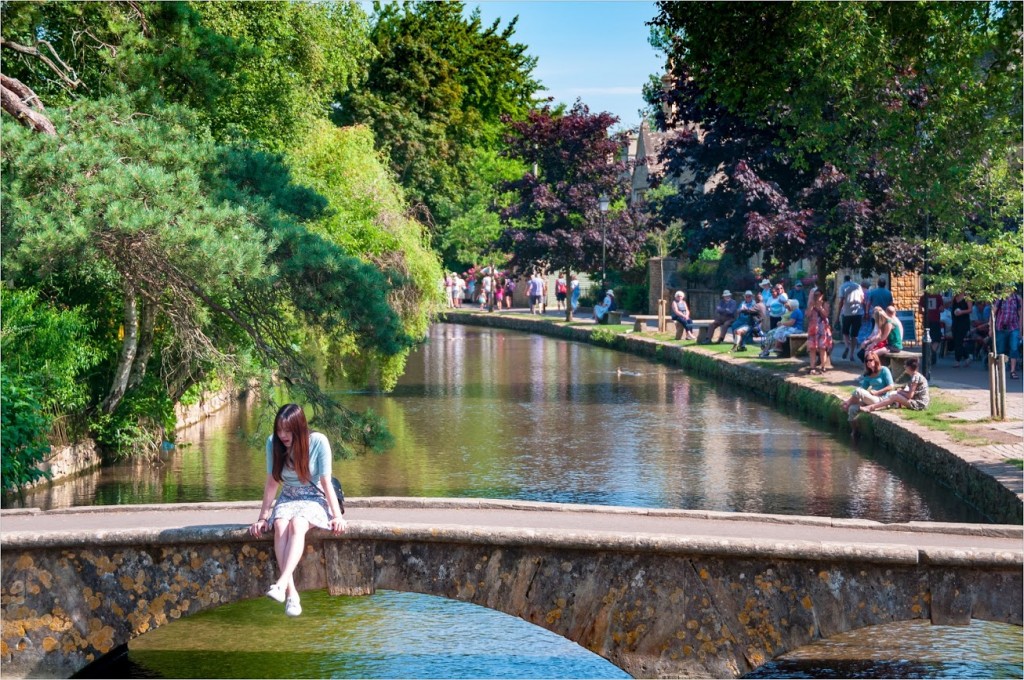
Our next stop was the incredibly charming village of Bourton on the Water. Sometimes called the Venice of UK because of the river flowing in the middle of the village with stone bridges that cross the river at intervals. The combination of the water, the weeping willows, the flowers on the side and limestone cottages gives it a very pretty look.  Not surprisingly, there were a ton of tourists but what was surprising was that despite the crowd, Bourton on still retained its serene and almost sleepy look. 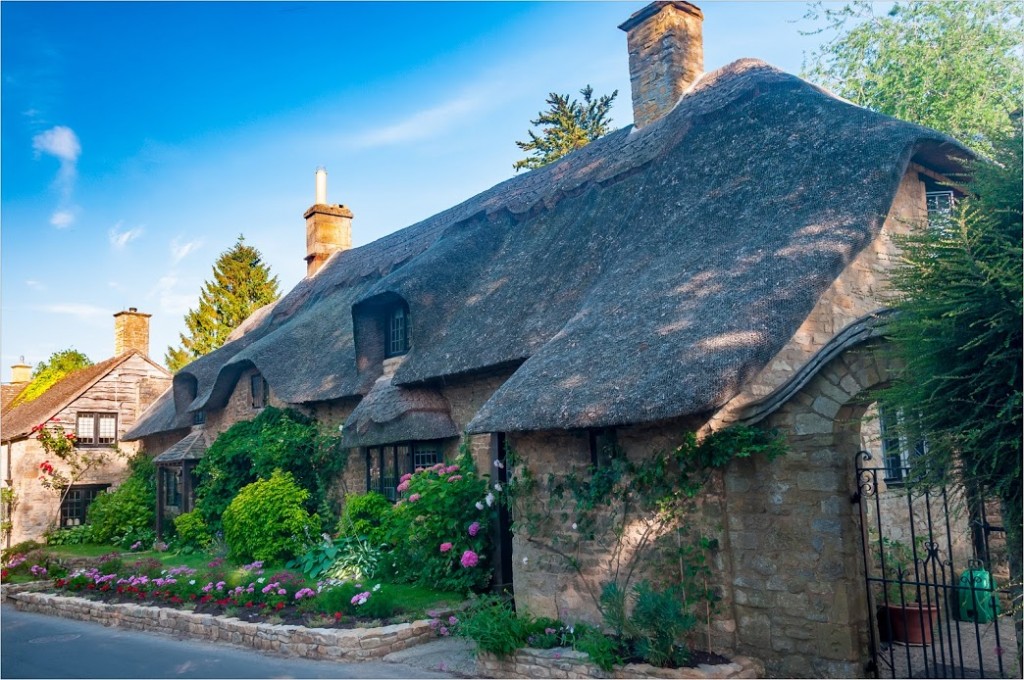 From Bourton on Water, we drove to Upper Slaughter – yet another pretty village  with its picturesque church, cottages with thatched roofs and just wonderful bucolic scenery. Not far from there were lavender farms
From Bourton on Water, we drove to Upper Slaughter – yet another pretty village  with its picturesque church, cottages with thatched roofs and just wonderful bucolic scenery. Not far from there were lavender farms
 Our stay that night was at the beautiful Tog Hill Farms near Bath. Of all the hotels and B&Bs we stayed in our UK trip this was our favorite. We liked it because of the amazing owners who laid out a spread for us when we had to leave early the next morning. The fact that it was in a lovely location was an added bonus.
Our stay that night was at the beautiful Tog Hill Farms near Bath. Of all the hotels and B&Bs we stayed in our UK trip this was our favorite. We liked it because of the amazing owners who laid out a spread for us when we had to leave early the next morning. The fact that it was in a lovely location was an added bonus.
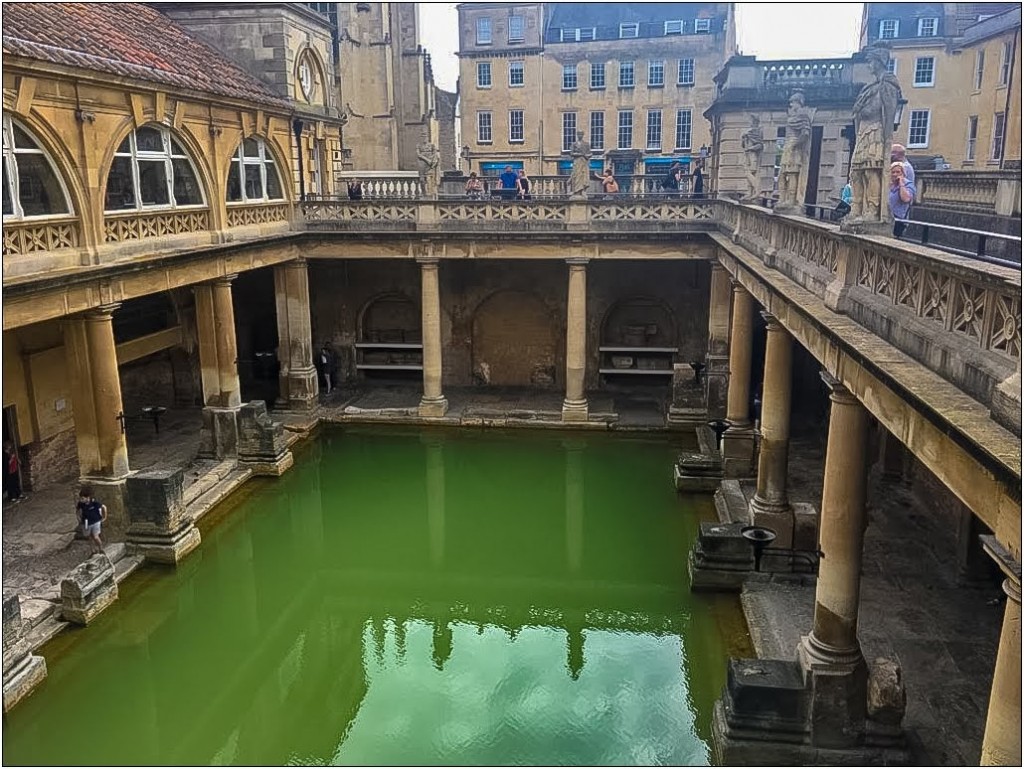 We left early morning because we had planned a quick stop in Bath before going back to London. Bath features so prominently in so many regency romances that I could probably lead a guided tour myself. Our first stop was the Roman baths. Bath was essentially a health spa kind of town to take advantage of of natural hot springs that are present here. About 240,000 gallons of water rises each day.
We left early morning because we had planned a quick stop in Bath before going back to London. Bath features so prominently in so many regency romances that I could probably lead a guided tour myself. Our first stop was the Roman baths. Bath was essentially a health spa kind of town to take advantage of of natural hot springs that are present here. About 240,000 gallons of water rises each day.
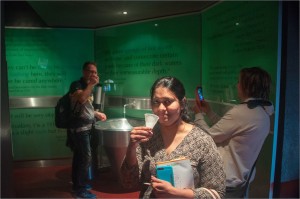 An impressive Roman bath was built here so people could bathe in these waters to cure them of all ills. There are separate bath prep areas for men and women with a great bath and separate soaking pools. Later on, in the 1800s people would come to “drink the waters†– valiantly drinking the slightly sulphourous water as a medicine.
An impressive Roman bath was built here so people could bathe in these waters to cure them of all ills. There are separate bath prep areas for men and women with a great bath and separate soaking pools. Later on, in the 1800s people would come to “drink the waters†– valiantly drinking the slightly sulphourous water as a medicine.
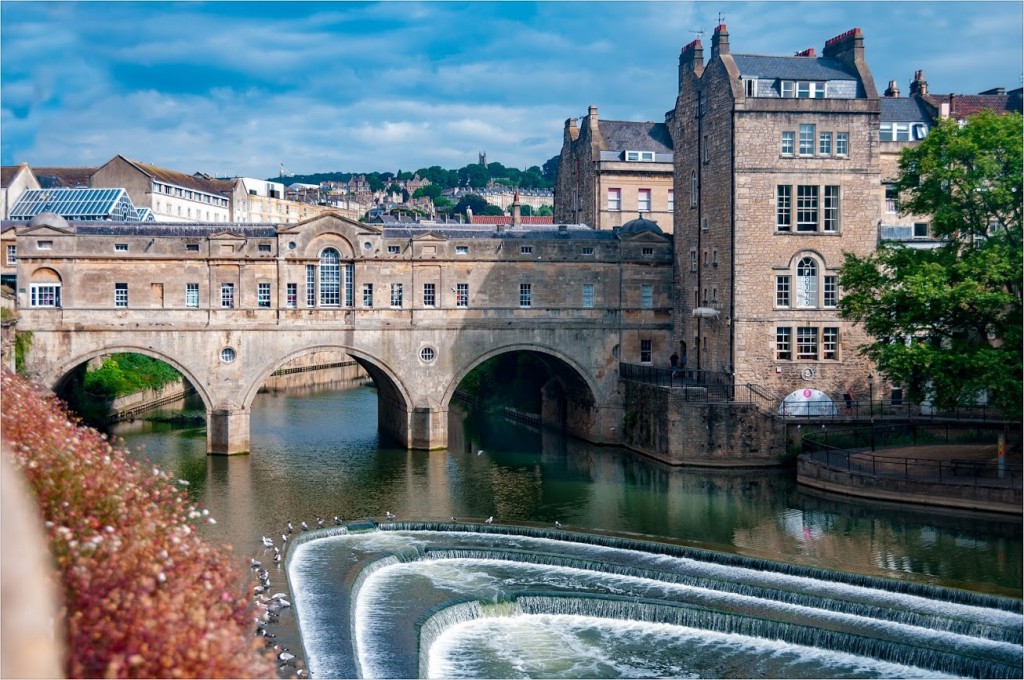 I peeped into the pump room – which was the assembly room in Georgian and Victorian times but it is now a fancy restaurant. Our next stop was the Pulteney Bridge over the river Avon. This Bridge was built in 1774 and actually has (very narrow) shopfronts on the bridge itself. While we were there, there was an owl exhibit called Minerva’s owl where about 100 owl sculptures were placed at different places in Bath. We managed to catch sight of about 7 of them in central bath – each of them vividly colored and obviously representing something unique.
I peeped into the pump room – which was the assembly room in Georgian and Victorian times but it is now a fancy restaurant. Our next stop was the Pulteney Bridge over the river Avon. This Bridge was built in 1774 and actually has (very narrow) shopfronts on the bridge itself. While we were there, there was an owl exhibit called Minerva’s owl where about 100 owl sculptures were placed at different places in Bath. We managed to catch sight of about 7 of them in central bath – each of them vividly colored and obviously representing something unique.
 After a brunch at Sally Lunns (must – have) we left Bath to have a brief stop at Windsor Castle on our way back to London.
After a brunch at Sally Lunns (must – have) we left Bath to have a brief stop at Windsor Castle on our way back to London.
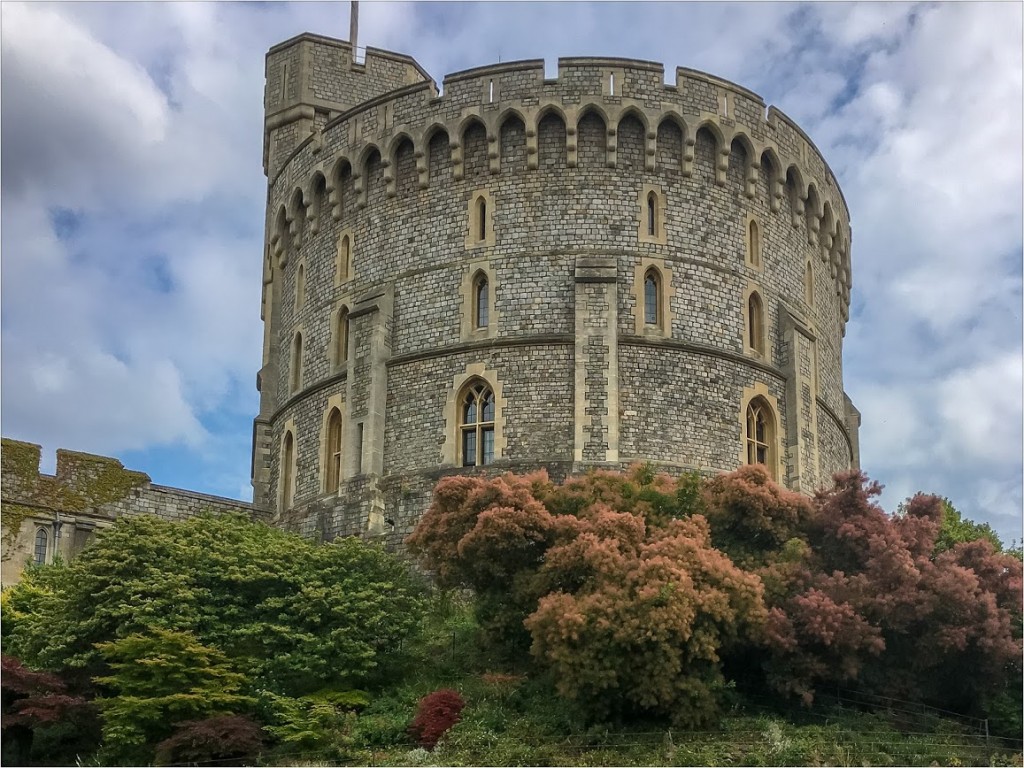 Windsor castle is a functioning Castle and about half of it (the State Rooms, St. George’s Chapel, etc are open to the public. The other half is still a private residence and the Queen is there most weekends. The history of Windsor Castle is now talked about as ‘before the fire†and “after the fire†because of a fire in 1992 that burnt down half of the castle along with precious paintings and furniture. The Queen agreed to open Buckingham palace to the tourists to pay for the repairs for this Castle.
Windsor castle is a functioning Castle and about half of it (the State Rooms, St. George’s Chapel, etc are open to the public. The other half is still a private residence and the Queen is there most weekends. The history of Windsor Castle is now talked about as ‘before the fire†and “after the fire†because of a fire in 1992 that burnt down half of the castle along with precious paintings and furniture. The Queen agreed to open Buckingham palace to the tourists to pay for the repairs for this Castle.
We were just in time to read London’s King’s Cross station and catch the train to Scotland.
